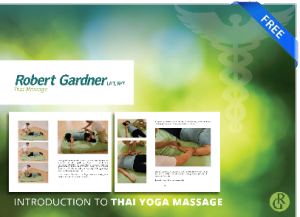Forearms and Hands pt.2
Hand pain is something I find fairly frequently as a massage therapist and also something I have to be cautious about from my own practice involving those same structures. Many times I see hand and finger tingling, numbness and pain in various forms coming from the forearm extensors of clients.
In my clinical experience the points that you’re working are primarily at the elbow end of extensor carpi radialis, extensor carpi ulnaris and brachioradialis. Those are big words but don’t let them scare you, people just use them when they’re trying to seem smart. If you watch the video and use these techniques you’ll hit all three points with ease.
If you use these techniques on someone go slow and be purposeful. You can hold a point to get a release or you can roll through it towards the elbow which is also intense. It can feel odd to someone to press in one area and feel it elsewhere so reassure the person you’re working on that you’re not doing damage so long as the sensation is intense but no pain is experienced. To me that means that you don’t contract muscles and pull away out of fear of further harm.
Trigger points can be extremely tender. For people with chronic issues these can be real healers. I wouldn’t doubt there are people who’ve given up their favorite activities, knitting, spinning or playing musical instruments when they didn’t need to. Working as a massage therapist for ten years I use these on myself regularly, it’s allowed me to keep going without fear that I would harm myself.
Good luck and feel free to share your experiences.

